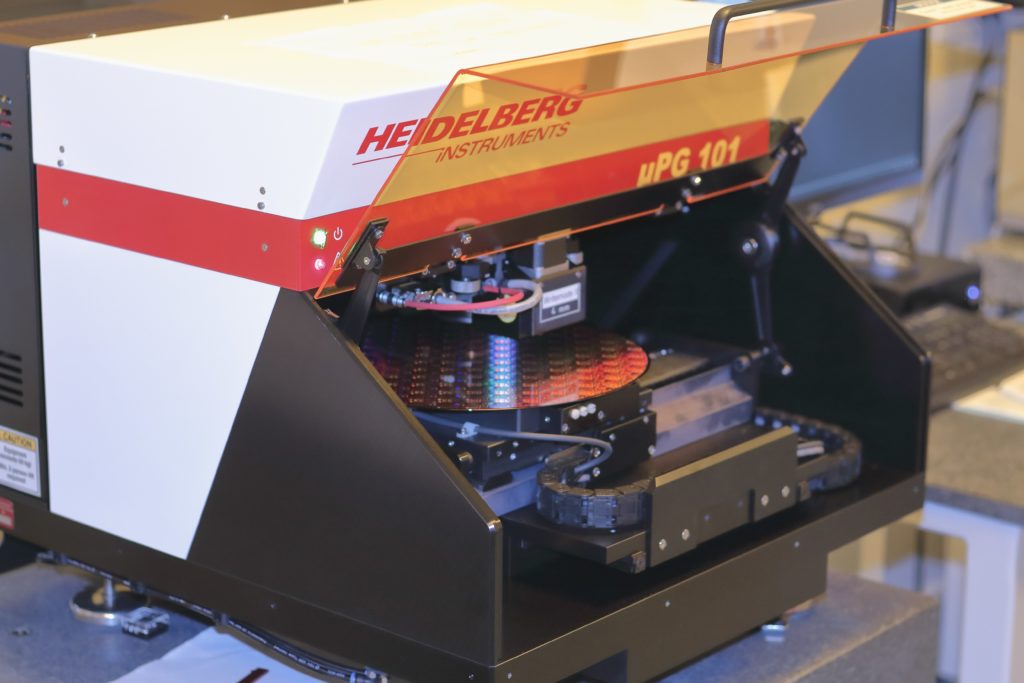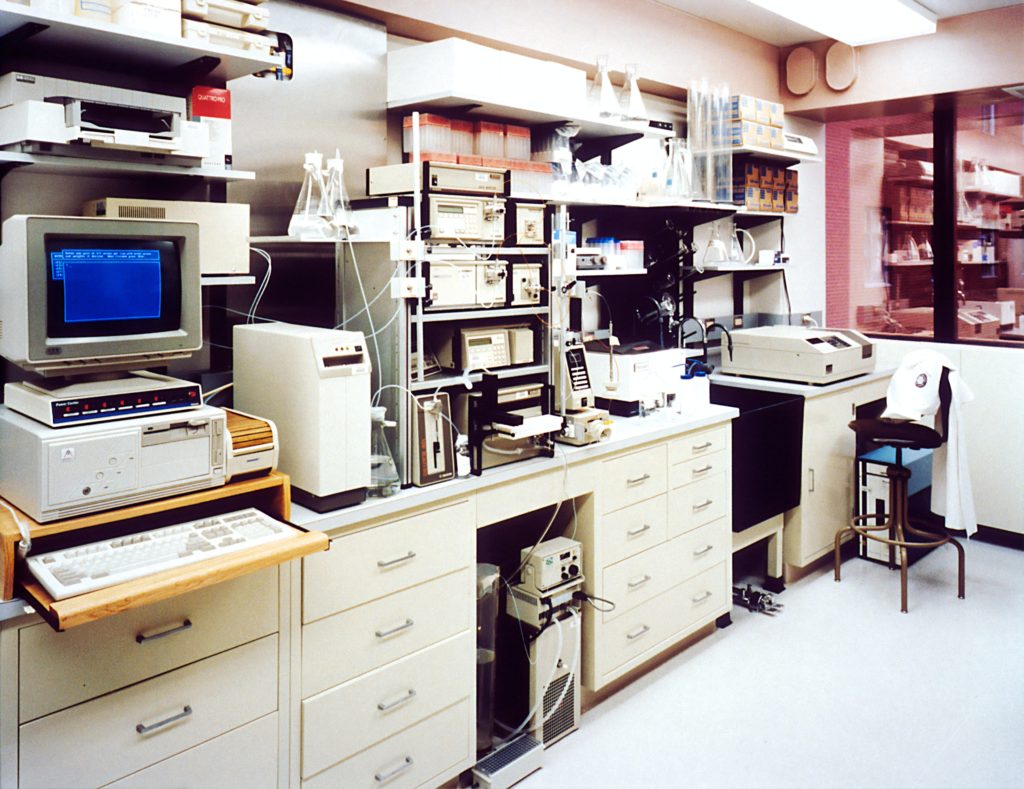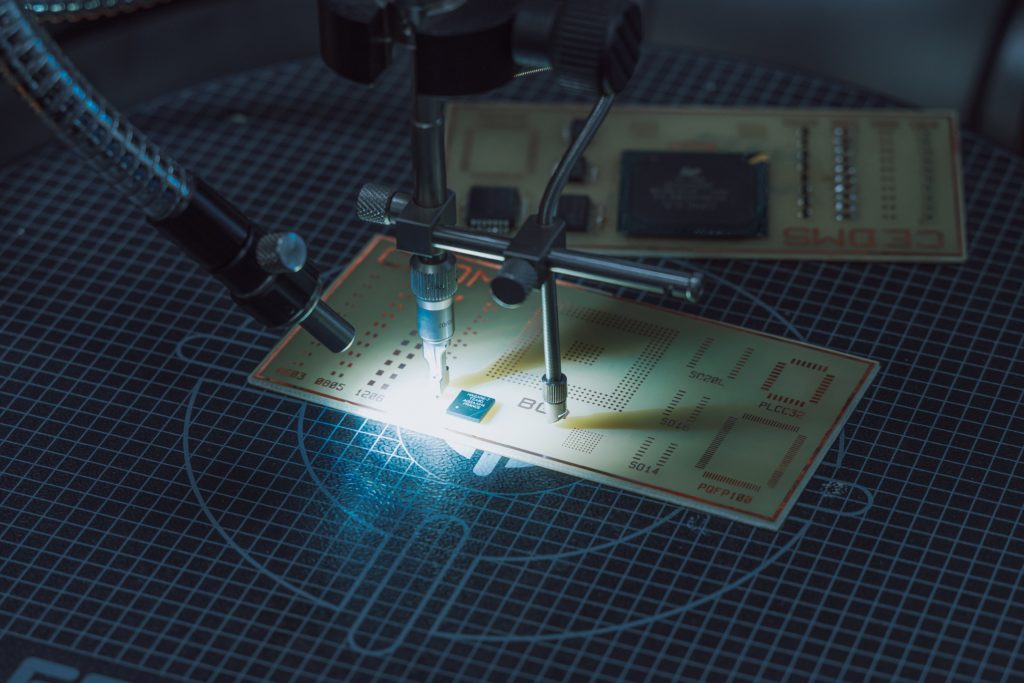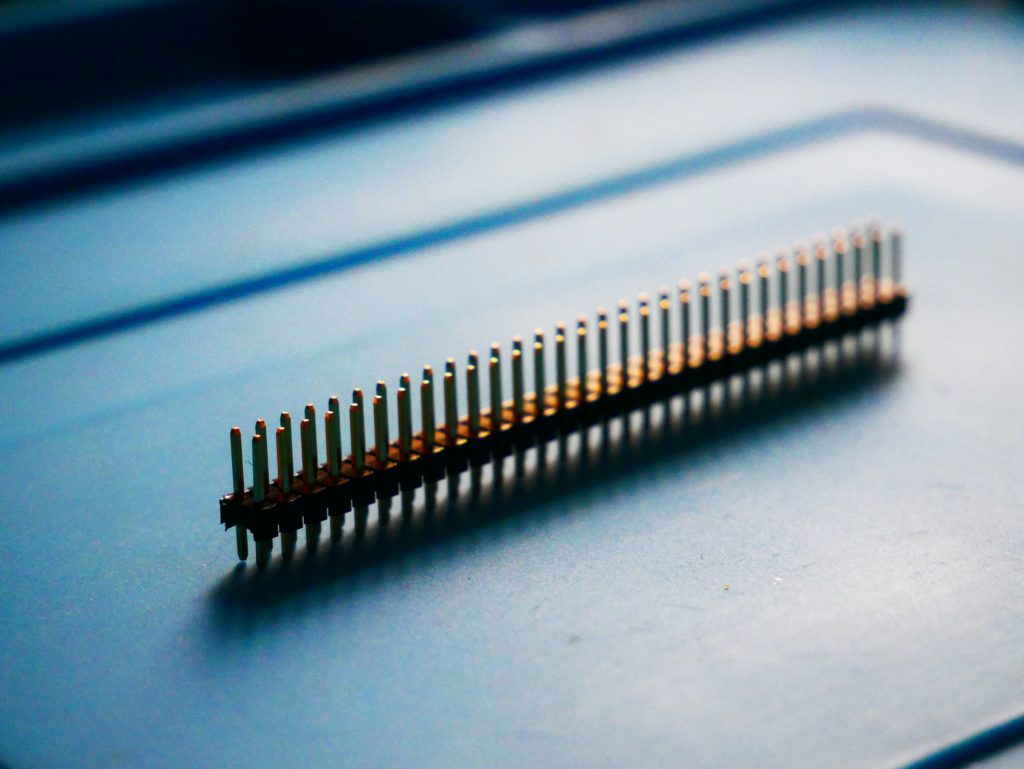Photo by Vasilis Chatzopoulos on Unsplash
The automotive industry is increasingly using semiconductor XPUs to power advanced driver assistance systems (ADAS) and autonomous driving features. XPUs perform specific tasks, such as image processing, object detection, and machine learning, much faster than traditional CPUs. Making them ideal for use in ADAS and autonomous driving systems, which require real-time processing of large amounts of data.
The XPU types include CPU, GPU, and APU. CPU is the most widely used type of XPU in the automotive market. GPU is gaining traction in the market due to its high performance and energy efficiency. APU is a new type of XPU specifically designed for machine learning applications. The choice of which XPU to use in an automotive application depends on several factors, covering the application requirements, the budget, and the desired performance.
Central Processing Unit (CPU): It executes the instructions that control various vehicle functions. The CPU controls the engine, transmission, braking system, and other electronic systems. The CPU in automotive applications is supposed to be high-speed, low-power, and highly reliable. It is responsible for executing complex algorithms and communicating with other systems in the vehicle. The CPU is a critical component in the vehicle’s electronic system, as it controls the overall performance and safety of the car.
Graphics Processing Unit (GPU): The GPU is responsible for handling the graphical processing tasks in the vehicle’s infotainment system. The GPU is responsible for rendering 3D graphics, video decoding, and image processing. It also plays a crucial role in ADAS systems and is commonly used for object detection, lane departure warnings, and other visual recognition tasks. The GPU is for parallel processing, which allows it to handle multiple tasks simultaneously. It is an ideal solution for managing complex graphic and visual processing tasks in automotive applications. In automotive applications, power consumption is a crucial factor. That’s why the GPU should get designed to be power-efficient, ensuring its effectiveness.
Accelerated Processing Unit (APU): The APU is a mix of CPU and GPU in a single chip. The APU provides high-performance computing capabilities while consuming less power. The APU is an ideal solution for automotive applications with limited space and energy. The APU finds applications in various automotive applications, including infotainment systems, ADAS systems, and autonomous driving systems.
The global automotive XPU market size was valued at USD 1.5 billion in 2021 and will reach USD 10 billion by 2028, growing at a CAGR of 19.2% from 2022 to 2028. The increasing demand for autonomous features in cars is driving the growth of the XPU market, which is crucial in providing real-time processing of large amounts of data, such as sensors, maps, and weather data.

The automotive XPU market by region is segmented into North America, Europe, Asia Pacific, and the Rest of the World. North America is the largest market for automotive XPUs. Europe is the second largest market for automotive XPUs. Asia Pacific is the fastest-growing market for automotive XPUs.
Several top semiconductor companies invest heavily in research and development to develop new and innovative XPUs. Some details about semiconductor automotive XPU investment for research and development and new product launch:
Nvidia: In 2022, Nvidia announced a $10 billion investment in automotive over the next four years. This investment will bring new XPUs, software, and services to the automotive industry. Nvidia also plans to launch a new automotive platform called the DRIVE Hyperion 9 in 2025. The DRIVE Hyperion 9 will be a fully integrated platform that includes everything from sensors to software to computing.
Intel: In 2021, Intel announced a $20 billion investment in self-driving technology over the next decade. This investment will enable the development of new XPUs, software, and sensors for self-driving cars. Intel also plans to launch a new self-driving car platform called the Mobileye EyeQ5 in 2023. The EyeQ5 will be a powerful XPU that can handle the complex computing requirements of self-driving cars.
Qualcomm: In 2022, Qualcomm announced a $10 billion investment in automotive over the next five years. It is to develop new XPUs, software, and services for the automotive industry. Qualcomm also plans to launch a new automotive platform called the Snapdragon Ride in 2024. The Snapdragon Ride will be a fully integrated platform that includes everything from sensors to software to computing.
Samsung: In 2021, Samsung announced a $17 billion investment in semiconductor manufacturing over the next three years. This investment will bring new semiconductor factories to fabricate new semiconductor technologies. Samsung also plans to launch a new automotive XPU called the Exynos Auto V10 in 2025. The Exynos Auto V10 will be a powerful XPU that can handle the complex computing requirements of autonomous cars.
Renesas: In 2022, Renesas announced a $2 billion investment in automotive over the next five years. Such an investment will bring new XPUs, software, and services to the automotive industry. Renesas also plans to launch a new automotive platform called the R-Car V4H in 2024. The R-Car V4H will be a powerful XPU that can handle the complex computing requirements of autonomous cars.
As the automotive industry continues to evolve and innovate, the demand for processing solutions will only grow. It presents an exciting opportunity for developers and engineers to create new and innovative solutions that will shape the future of the automotive industry.



















